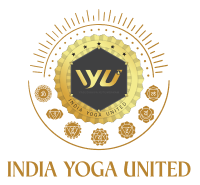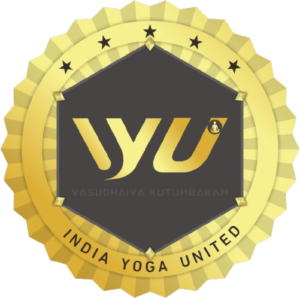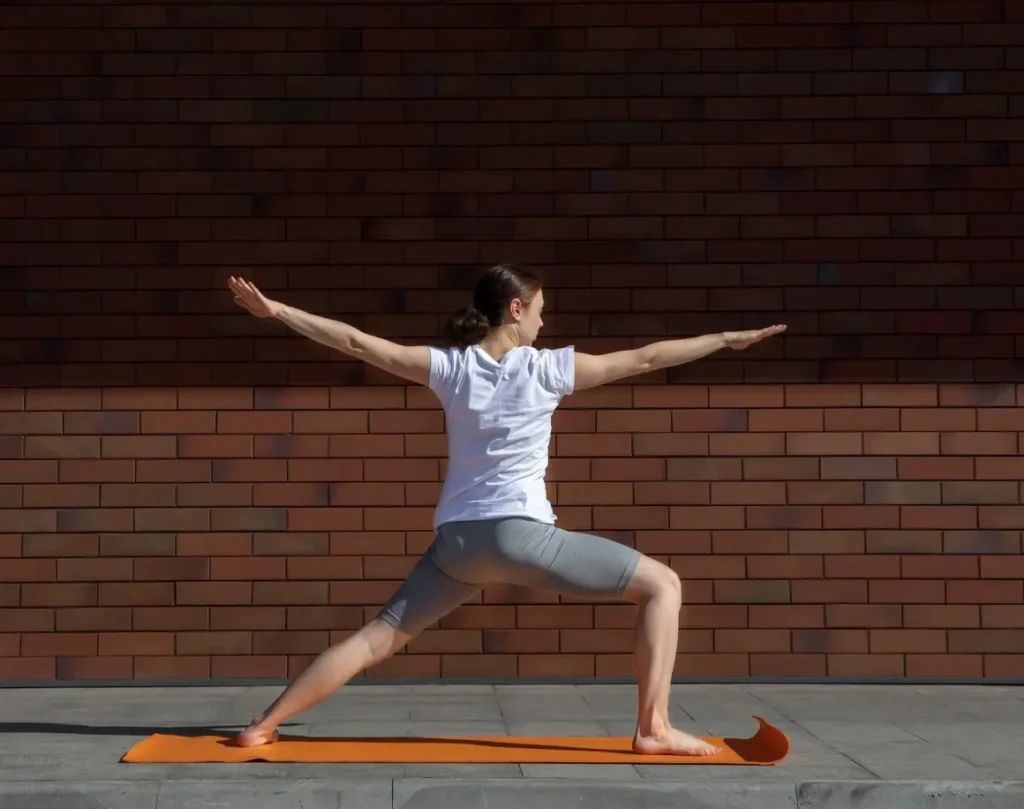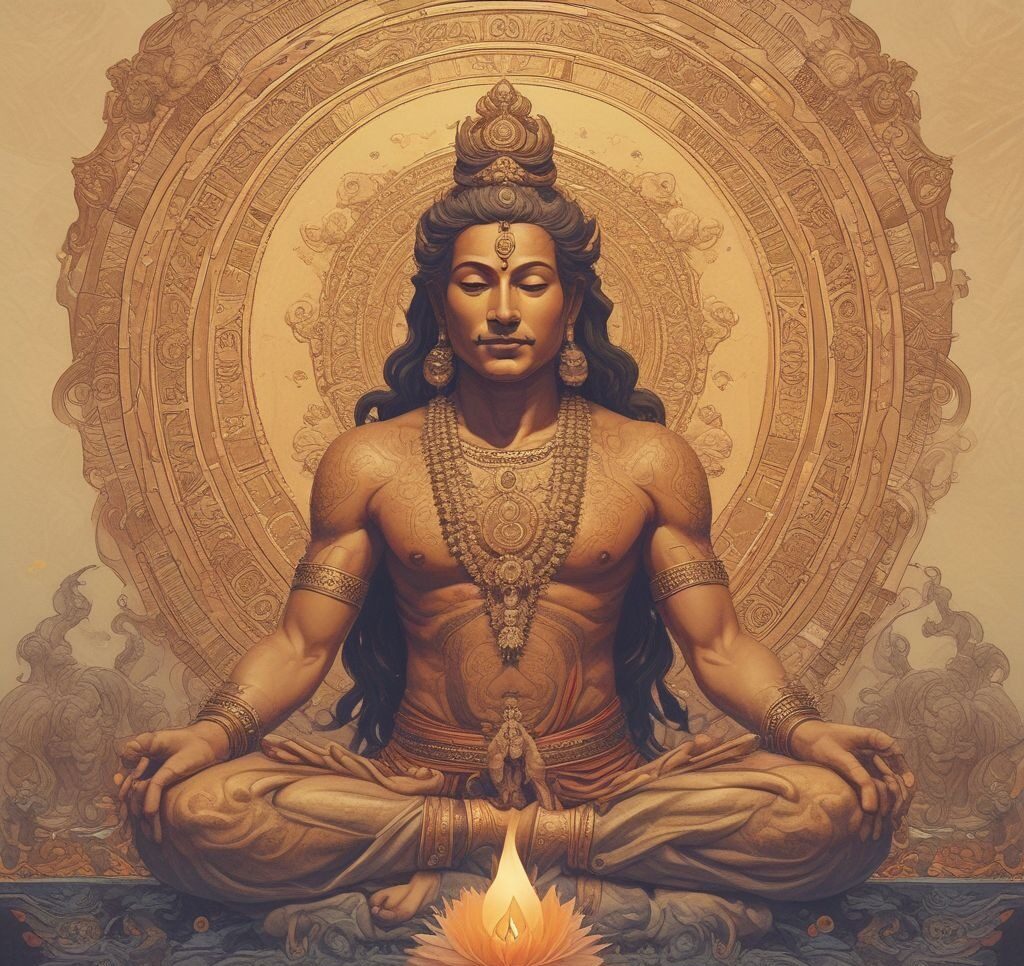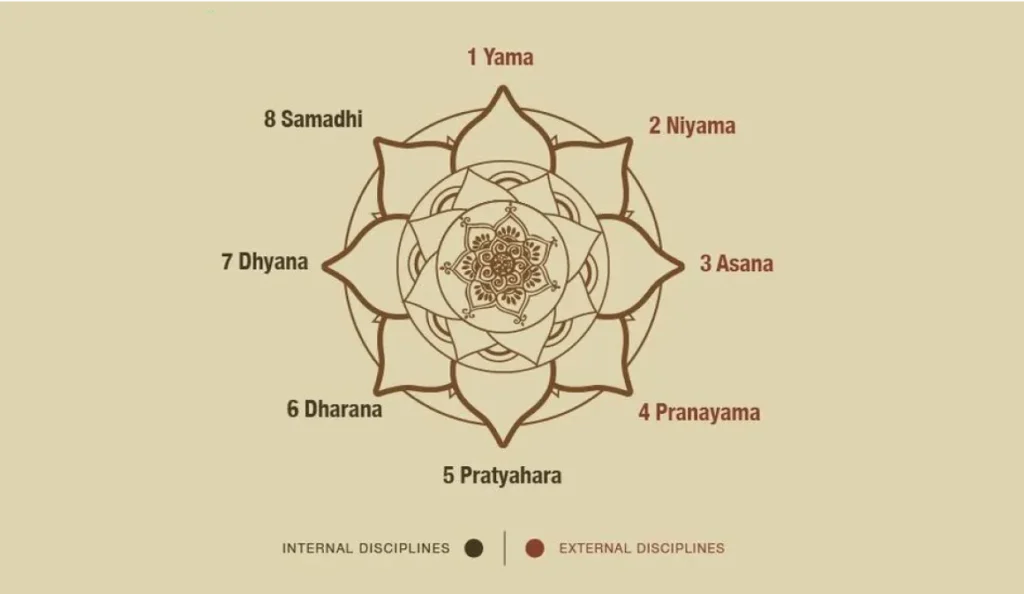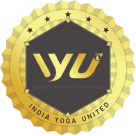Yoga is often described as a journey of self-discovery, and with over a hundred different styles to choose from, it can be overwhelming to find the right one for your personal journey. Each yoga style offers unique benefits, focuses on different aspects of practice, and caters to varying levels of experience and physical capabilities. In this blog post, we’ll demystify some of the most popular yoga styles, helping you to find the practice that resonates with you.
1. Hatha Yoga: The Foundation of All Yoga Styles
Hatha yoga is often regarded as the foundation of all yoga styles. It encompasses a gentle approach that combines physical postures (asanas) and breath control (pranayama). Hatha classes are generally slower-paced and provide an excellent introduction to the fundamentals of yoga. If you’re a beginner, Hatha yoga is a fantastic starting point to develop flexibility, strength, and balance.
Benefits:
• Perfect for beginners
• Focuses on alignment and foundational postures
• Promotes relaxation and mindfulness
2. Vinyasa Yoga: Flowing with Breath
Vinyasa yoga, often referred to as “flow” yoga, emphasizes the connection between breath and movement. In Vinyasa classes, practitioners transition smoothly between poses, creating a dynamic and energizing practice. Each class typically follows a unique sequence, making every session a new experience.
Benefits:
• Builds strength and endurance
• Increases flexibility through fluid movement
• Offers a creative and varied practice
3. Ashtanga Yoga: The Power of Tradition
Ashtanga yoga is a rigorous and structured style that follows a specific sequence of postures. This practice is physically demanding and emphasizes strength, flexibility, and stamina. Ashtanga is often practiced in a heated room, making it an intense workout for those seeking a challenge. This style requires commitment and discipline, as practitioners typically follow the same sequence each time.
Benefits:
• Builds physical strength and flexibility
• Promotes mental focus and discipline
• Provides a consistent and structured practice
4. Iyengar Yoga: Precision and Alignment
Iyengar yoga focuses on precise alignment and the use of props such as blocks, straps, and blankets to assist in achieving correct postures. This method allows practitioners to safely explore their limits and align their bodies properly. Iyengar classes often hold poses for extended periods, enabling a deeper understanding of each posture.
Benefits:
• Ideal for those with injuries or physical limitations
• Enhances body awareness and alignment
• Encourages patience and mindfulness
5. Yin Yoga: The Art of Stillness
Yin yoga is a slow-paced style that targets the connective tissues, such as ligaments and fascia, through passive stretching. Poses are typically held for several minutes, allowing practitioners to relax deeply and access areas of tension. Yin yoga is often practiced in a calm environment, promoting introspection and relaxation.
Benefits:
• Increases flexibility and joint mobility
• Cultivates mindfulness and relaxation
• Balances the body’s energy systems
6. Restorative Yoga: Deep Relaxation
Restorative yoga is a gentle, calming practice designed to promote deep relaxation and healing. In this style, practitioners use props to support the body in restful poses, allowing for complete surrender and release. Classes typically involve fewer poses held for longer durations, creating an environment of tranquility.
Benefits:
• Reduces stress and anxiety
• Enhances recovery from physical exertion
• Promotes emotional well-being
7. Kundalini Yoga: Awakening the Energy Within
Kundalini yoga combines physical postures, breathwork, chanting, and meditation to awaken the dormant energy (Kundalini) at the base of the spine. This style aims to elevate consciousness and promote spiritual growth. Kundalini classes can vary widely in intensity, incorporating dynamic movements and energetic practices.
Benefits:
• Enhances spiritual awareness and personal growth
• Boosts energy levels and vitality
• Improves mental clarity and focus
8. Bikram Yoga : The Heat is On
Bikram yoga consists of a series of 26 postures practiced in a heated room, typically around 105°F (40°C). The heat helps to increase flexibility and detoxify the body through sweating. This intense practice can be challenging but is highly rewarding for those who enjoy a rigorous workout.
Benefits:
• Increases flexibility and strength
• Detoxifies the body through sweating
• Builds mental resilience and focus
Conclusion: Finding Your Perfect Fit
With so many yoga styles available, the key to finding the right practice for you lies in exploration and self-awareness. Consider your physical abilities, mental state, and personal goals when choosing a yoga style. Don’t hesitate to try different classes and instructors until you find the one that resonates with you.
Remember, yoga is a highly personal journey, and what works for one person may not work for another. Here are some additional tips to help you navigate your exploration of yoga styles:
1. Listen to Your Body
Your body will often guide you to the style that suits you best. Pay attention to how you feel during and after each class. Do you leave feeling energized, relaxed, or perhaps a bit exhausted? Trust your instincts and choose classes that make you feel good.
2. Consider Your Goals
Think about what you hope to achieve from your yoga practice. Are you looking to improve physical fitness, reduce stress, enhance flexibility, or deepen your spiritual practice? Different styles serve various purposes, so aligning your goals with the right practice can make a significant difference.
3. Explore Different Classes
Many studios offer introductory classes or trial memberships that allow you to sample various styles before committing. Take advantage of these opportunities to explore different instructors and environments.
4. Talk to Instructors and Fellow Practitioners
Don’t hesitate to ask instructors about their teaching styles and the goals of their classes. Fellow practitioners can also provide insights based on their experiences. Building a community around your practice can enhance your journey and provide support as you explore.
5. Be Open to Change
Your preferences may evolve as you progress in your practice. What feels right for you now might shift over time, and that’s perfectly okay. Be open to trying new styles or revisiting old ones, as your body and mind may crave different experiences at different stages of your life.
6. Practice Mindfulness
Regardless of the style you choose, the essence of yoga lies in mindfulness and being present. As you explore different practices, focus on cultivating an attitude of openness, curiosity, and acceptance. This will enrich your experience and deepen your connection to each style.
Final Thoughts
Yoga is a beautiful and diverse practice that offers something for everyone. By demystifying the various styles, we hope to empower you to find the practice that aligns with your individual needs and aspirations. Whether you seek a challenging workout, a calming refuge, or a spiritual journey, there’s a yoga style waiting for you.
Embrace the journey, experiment with different practices, and most importantly, enjoy the process of discovering what yoga means to you. As you step onto the mat, remember that yoga is not just about the poses; it’s about the connection between body, mind and spirit.
Happy practicing.

